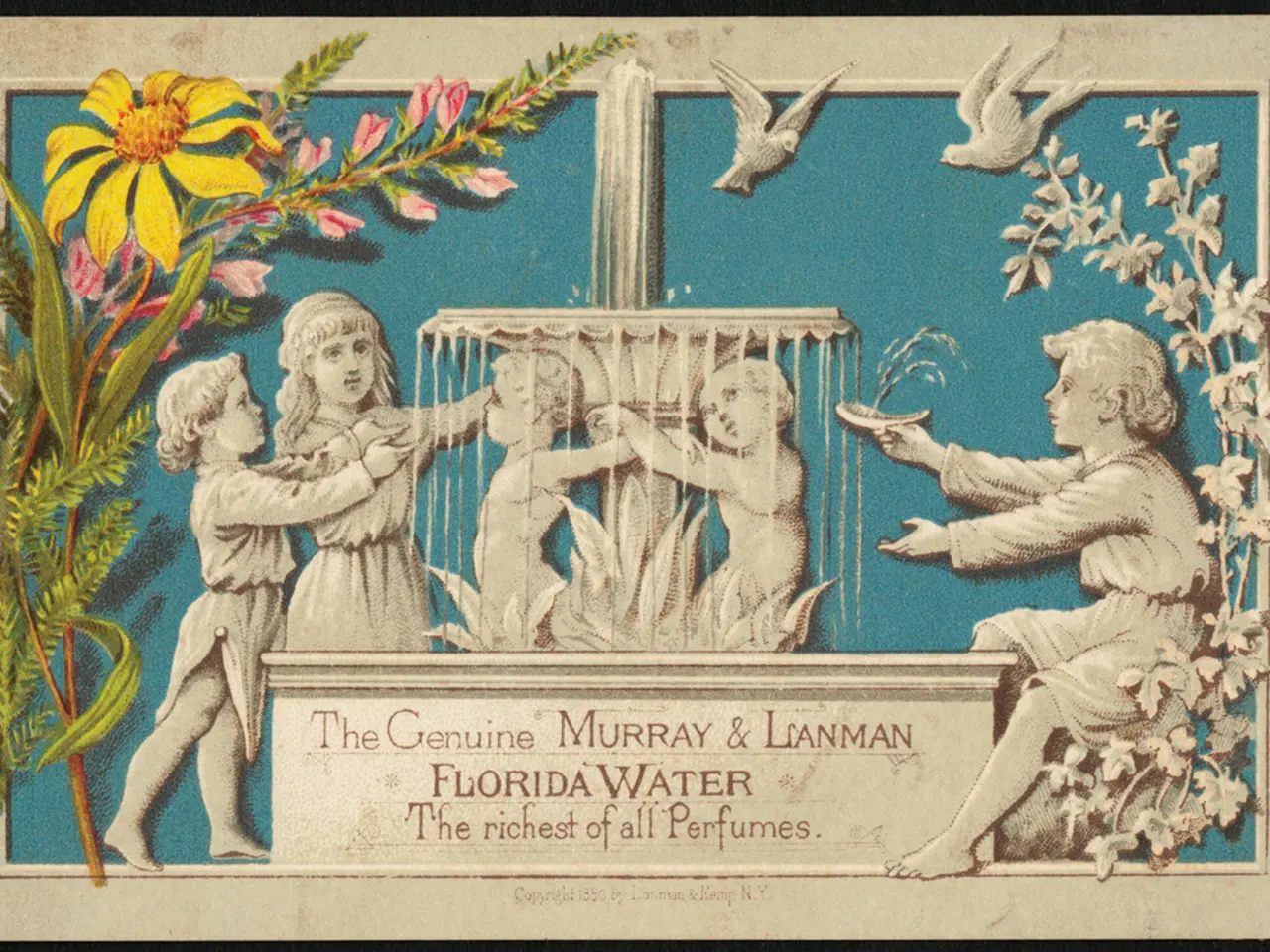Exploring Imagination's Science: Examination of 'Beatrix Potter: Drawn to Nature' Exhibit at The Morgan Library
The Morgan Library & Museum Presents: "Beatrix Potter: Drawn to Nature"
Delve into the captivating world of Beatrix Potter at the Morgan Library & Museum's latest exhibit, running until June 9th, 2024. This extraordinary showcase offers a unique exploration of Potter's life and work, showcasing her as a celebrated author, a dedicated scientist, and a talented artist.
The exhibit is a treasure trove of original artworks, manuscripts, and first editions of Potter's books. One of the highlights is a replica of her drawing table and chair, providing a glimpse into her creative process. The show also links her natural science observations with her imaginative stories, emphasizing Potter’s significant contribution as a naturalist and artist.
From a young age, Potter was fascinated with the natural world. Her childhood vacations to a countryside cottage in Lancashire, England, sparked her interest in art. She and her brother Bertram shared a strong interest in nature, spending their time examining and drawing frogs, fungi, and insects.
By 1890, Potter was an accomplished scholar, with her watercolors considered so accurate that modern mycologists still refer to them to identify fungi. In 1897, she submitted a paper, 'On the Germination of the Spores of Agaricineae,' to The Linnean Society. Although it was rejected due to the Society's policy of not admitting women as Fellows until 1905, this did not deter Potter from her passion for science.
In 1902, Potter signed on with Frederick Warne & Co., a publishing company known for publishing children's books. Her first published book, "The Tale of Peter Rabbit," was an instant success, and she went on to create a series of beloved stories featuring anthropomorphic animals.
Potter's motto was "little books for little hands," and her stories, such as 'Peter Rabbit' and 'Tom Kitten,' are still enjoyed by children today. However, her fantastical stories maintained an element of truth to the relationship between predator and prey, which appealed to adults as well as children.
Charles McIntosh, a mycologist, recognized Potter's talent early on and was said to have later inspired the character of Mr. McGregor in 'Peter Rabbit'. Potter corresponded with scientists such as George Matsee and Charles McIntosh, who encouraged her to pursue her studies.
In 1905, Potter purchased her first property, a farm called 'Hill Top', in the Lake District. She became a farmer and conservationist, sketching wildflowers and creatures she found there and publishing the drawings to advocate for the land to be conserved.
The exhibit, 'Beatrix Potter: Drawn to Nature', represents the balance between natural truthfulness and childish authenticity in Potter's life and stories. It presents Potter's journey as an artist and scientist accurately and uniquely, making it a must-see for fans of Potter's work and those interested in the history of children's literature.
Potter's life and achievements are inspirational, as she pursued goals that seemed unattainable to everyone around her and broke boundaries for women in her field while staying true to herself and her beliefs. The exhibit is a testament to her multifaceted talents and enduring legacy.
- The exhibition at The Morgan Library & Museum, "Beatrix Potter: Drawn to Nature", showcases her not only as an acclaimed author but also as a dedicated scientist and skilled artist.
- The showcase offers an array of original artworks, manuscripts, and first editions of Potter's books, including a replica of her drawing table and chair.
- Throughout the exhibit, Potter's natural science observations intertwine with her imaginative stories, highlighting her role as a significant naturalist and artist.
- In the world of science, Potter's accurate watercolors on fungi are still consulted by modern mycologists.
- In addition to being a celebrated author, Potter's childhood fascination with the natural world led her to become an accomplished scholar in mycology.
- The love for science and nature inspired Potter to write and illustrate such beloved books as "The Tale of Peter Rabbit."
- Beyond children's entertainment, Potter's stories contained elements of truth that appealed to adults as well, thanks to her interactions with scientists like Charles McIntosh.




